All products featured are independently chosen by us. However, SoundGuys may receive a commission on orders placed through its retail links. See our ethics statement.
USB-C headphones still unpredictable a year later
December 11, 2018
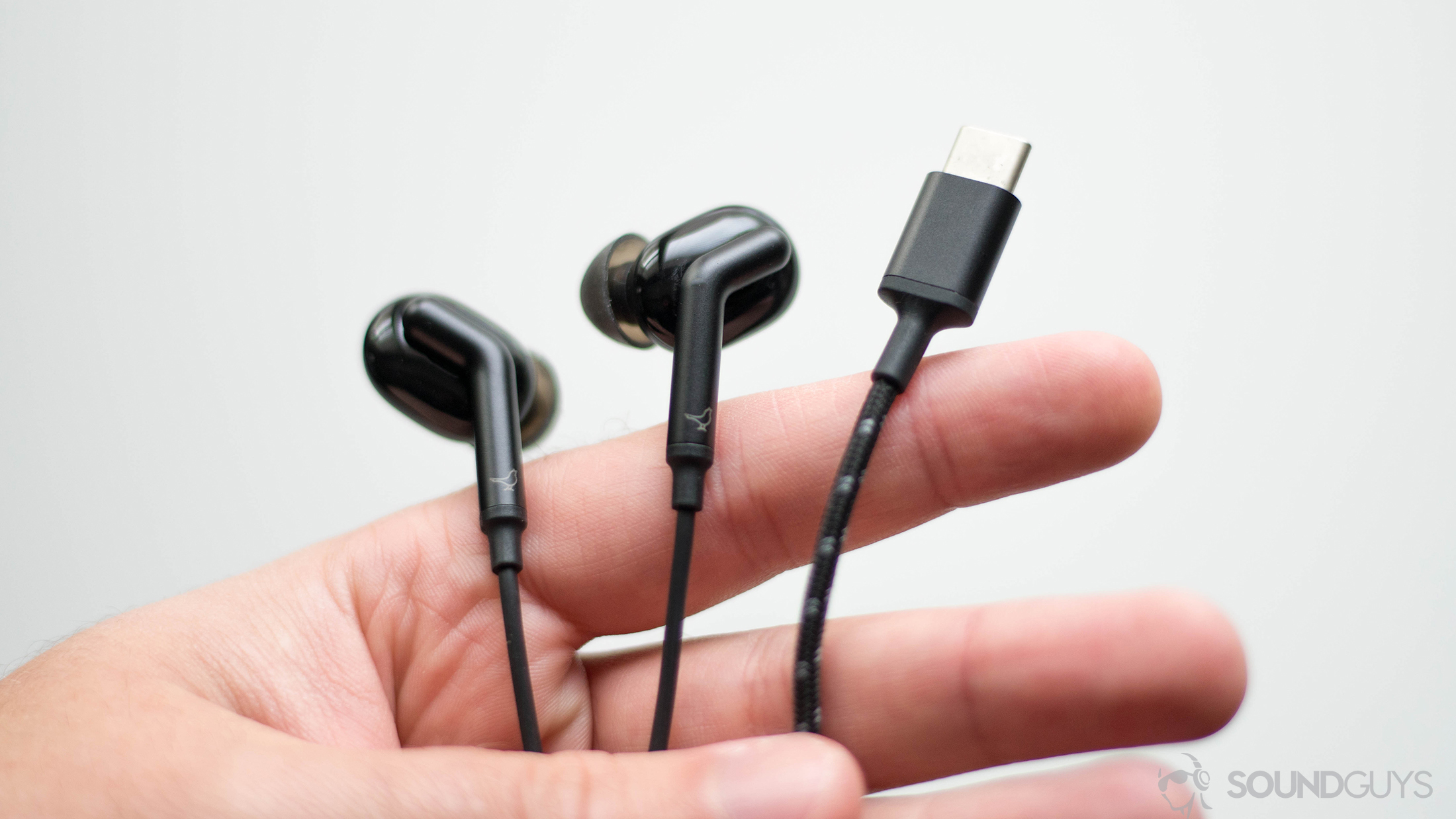
USB-C headphones serve as a band-aid remedy to the headphone jack’s slow but steady extinction. While there remains plenty of untapped potential, the resounding stance regards USB-C earbuds a poor option with more shortcomings than benefits. A year after the technology’s debut, it has yet to rise to the occasion and supersede wired earbuds.
Related: USB-C audio explained
What should you know about USB-C audio?
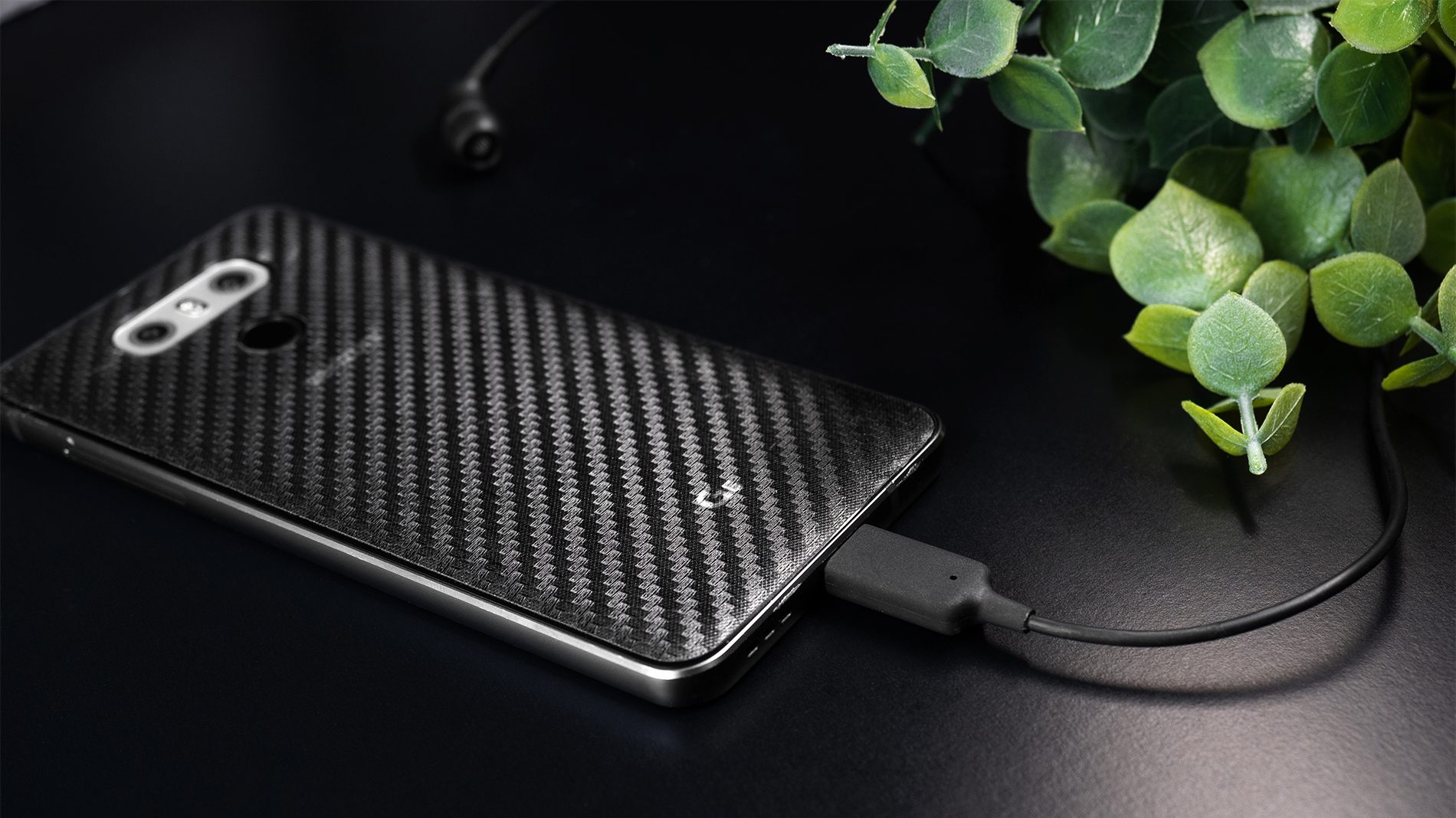
USB-C earbuds keep audio signals in the digital realm for as long as possible prior to converting to an analog signal. Doing so extends the duration of optimal signal quality. In turn, this should result in improved audio reproduction.
In theory, USB-C earbuds should provide excellent audio quality since they avoid excess smartphone frequency interference.
As you well know, smartphones are packed to the grills with components that emit their own frequencies, causing interference. In theory, USB-C headphones should provide higher quality audio by bypassing a phone’s circuitry. In practice, that’s rarely the case.
- USB-C headphones use their own DAC and amp components, rather than the smartphone’s, making them pricier than 3.5mm alternatives.
- An assigned USB-C Audio Class allows a smartphone to properly identify a headset. Depending on the class compatibility, the earbuds will be authorized to or prohibited from performing certain functions.
- USB-C headphones can be active or passive and can take the form of a cable directly attached to the earbuds, or as a dongle adapter. Due to this variance—and the fact that Audio Accessory Mode isn’t yet universally supported by smartphones—listeners inevitably run into compatibility issues.
Related: Was ditching the headphone jack a good idea?
Why did the market stagnate?
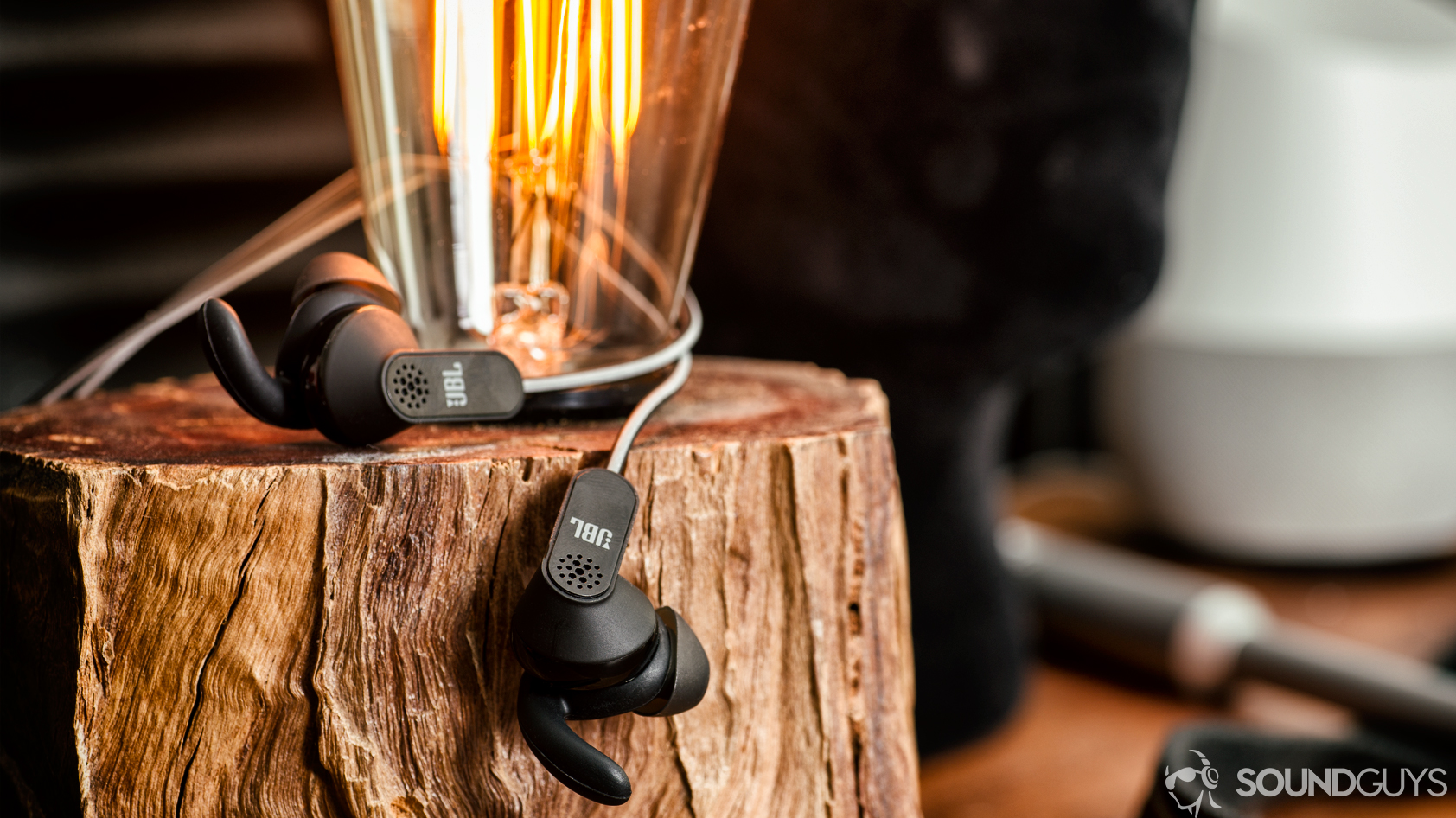
As mentioned, we consumers have witnessed welcome change in the true wireless space. Just over a year ago, the waterproof Bragi Dash Pro retailed for $329, relying heavily on the technology’s novelty paired with high demand and low supply to pull off the exorbitant price. A year later, the mystique has worn off and we’ve experienced a drop in prices. You can even get decent true wireless earbuds for under $100, even $50.
USB-C headphones, on the other hand, have belied their original promise to fill the void created by the headphone jack’s planned obsolescence. A year later and the fickle nature of them makes true wireless connectivity seem a non-issue. Sometimes we chalk it up to compatibility issues, physical pain caused by poor ergonomics, or plain-old lack of availability—no matter the reason, USB-C audio just isn’t there yet. Much like eating that third helping with the justification of “I deserve it,” USB-C headphones are much better in theory than in actuality.
“I have yet to find a set of USB-C headphones that aren’t frustrating as hell in some way or another.” — Chris Thomas
It’s not just the lack of innovation that’s disappointing, though. Stagnation alone could be bearable if said products were reliable from the get-go. Instead, consumers investing in USB-C earbuds are greeted with unpredictable compatibility insofar that an earbud’s integrated microphone may not be compatible with a given phone.
USB-C audio has compatibility issues
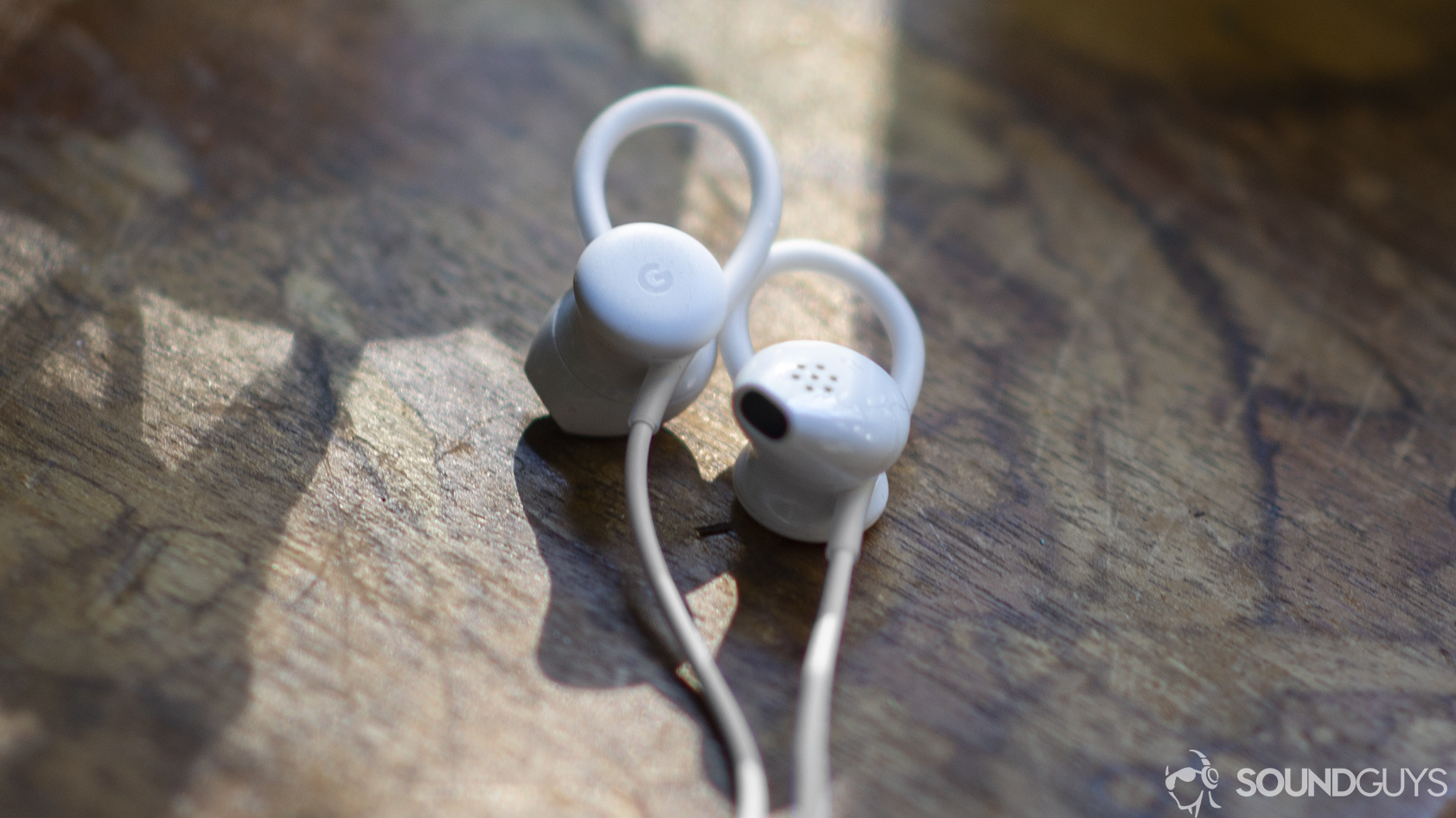
In the instance of the AiAiAi Pipe 2.0, a company representative cited potential compatibility issues between the Pipe 2.0 and my LG G6 when the issue of microphone functionality arose. When taking calls, the LG G6 can’t recognize the Pipe 2.0 and it overrides the headset’s mic with its own.
While the earbuds are “Made for Google” to ensure that they work seamlessly with the something like the Pixel 3 XL, microphone compatibility should be universal. In the same breath, though, we can laud AiAiAi for its TMA-2 MFG4 headphones, which is one of few USB-C options we confidently recommend to readers. Frankly, the vastly different experiences we had with each product is jarring and speaks to the volatile state of USB-C audio.
There exist abundant opportunities for compatibility concerns, making USB-C headphones a breeding ground for reliability issues.
Oh, and lest we forget the Google Pixel USB earbuds. Not only was Chris was pained by the non-sealing ear tips and bulbous housings, but he too mentions that a user may not be able to benefit from complete functionality unless they have a Pixel phone. At that point, you might as well skip the hassle and get wireless earbuds.
We’re starting to see improvements; 2019 may be promising
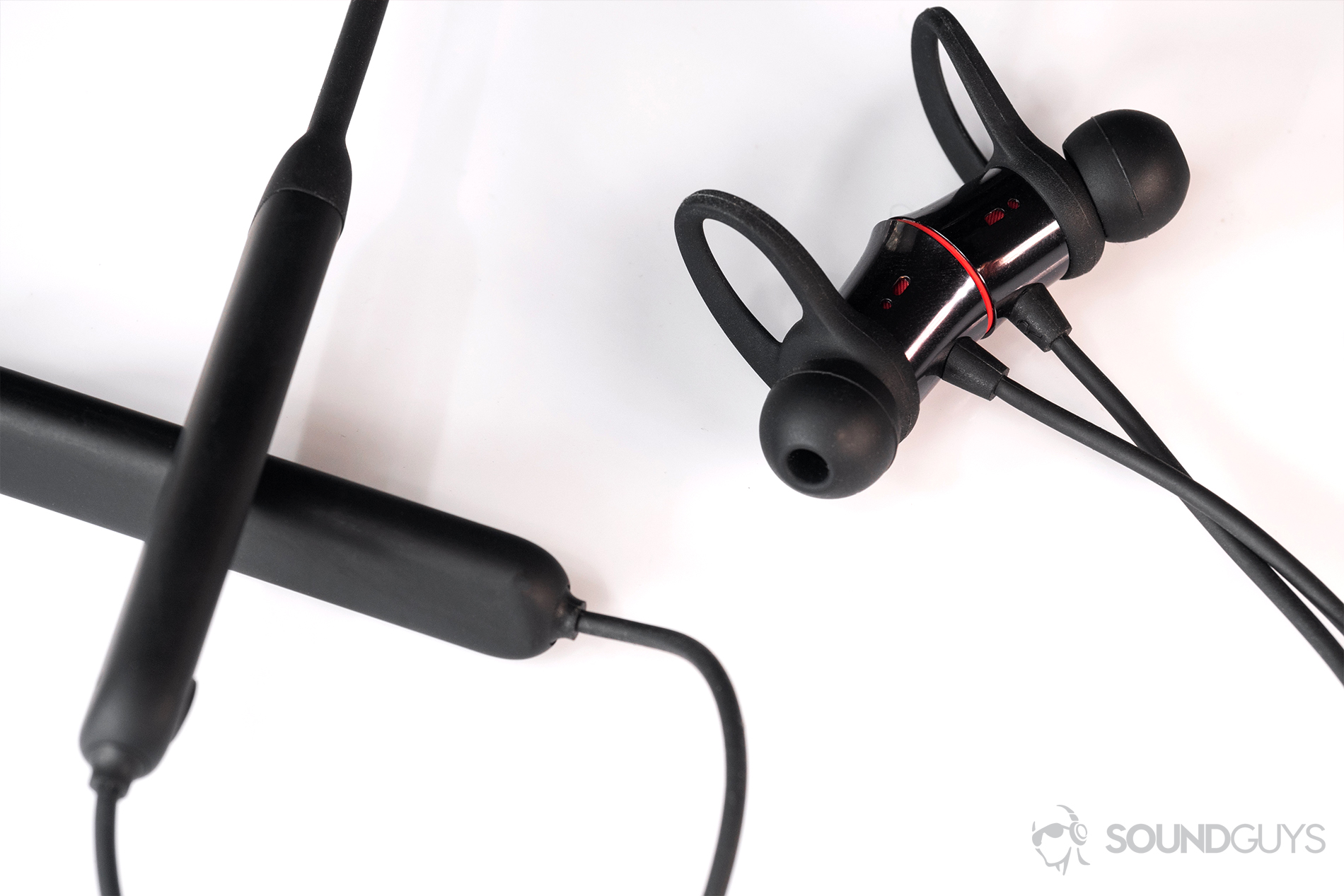
This year may have been a wash for USB-C headphones, but the advent of the Razer Hammerhead USB-C ANC and OnePlus Type-C Bullets means things are looking up. Of course, we mourn the discontinuation of the JBL Reflect Aware C, but remain hopeful.
What’s more, Google Trends indicates a steady rise in USB-C headphone interest over the past 12 months. Assuming the trajectory follows a steady forecast, consumers will reap the eventual reward of universal compatibility and complete functionality.
Naturally, seeing prominent companies like Razer and OnePlus enter the USB-C headphones domain serves as a necessary vote of confidence, reinforcing Google Trends’ data. As OnePlus fans will tell you, the Bullets Wireless< sell-out like hotcakes. Hopefully, OnePlus-branded USB-C earphones compel other companies to experiment and expand their audio product arsenals. For the companies already manufacturing sub-par USB-C headphones, perhaps this uptick in public interest will yield company introspection and product enhancements.
Viable alternatives to USB-C headphones
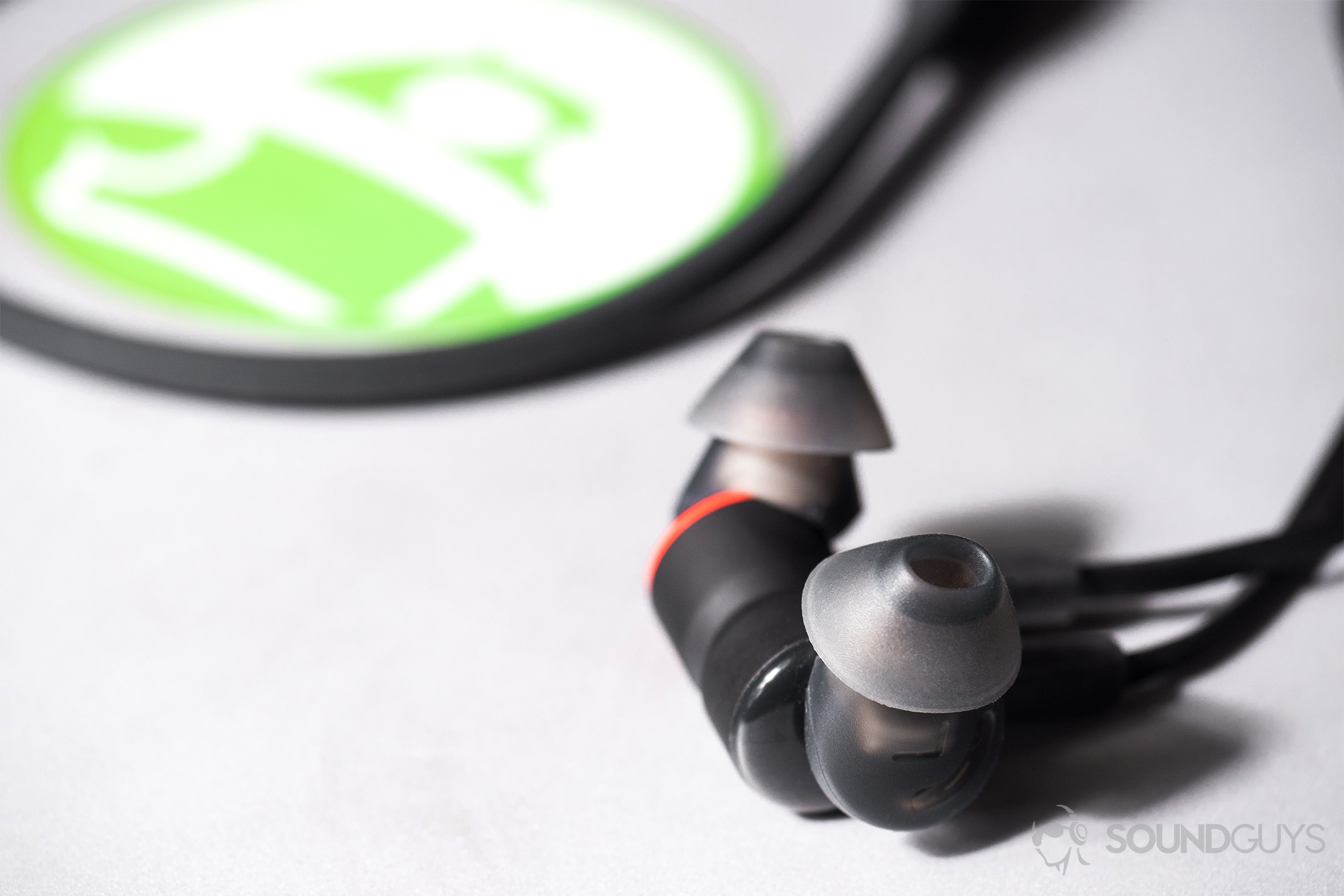
We’re not here to hang you out to dry, though. No, there remain plenty of excellent wireless options for those using a smartphone sans headphone jack.
Unlike USB-C earbuds, true wireless technology has improved leaps and bounds in the past year. If you’re looking for AirPods alternatives, there are the Mobvoi TicPods Free or RHA TrueConnect. Mobvoi’s include noise canceling, while the RHA option boasts impressive passive isolation and exaggerated bass. If you dont’ want to spend a lot, there are options for less than $100.
What’s more, traditional wireless earbuds are available in a wide array of feature sets that include noise canceling, workout-oriented, and general consumer options. If you want a stylish pair of neckband earbuds we recommend the Sennheiser HD1 Wireless In-Ear, and if you’d rather have something for exercising, go with the Jaybird Tarah.
Ultimately, we long await the day that we can enthusiastically recommend USB-C headphones to readers. For now, though, we recommend just about anything else.
Thank you for being part of our community. Read our Comment Policy before posting.